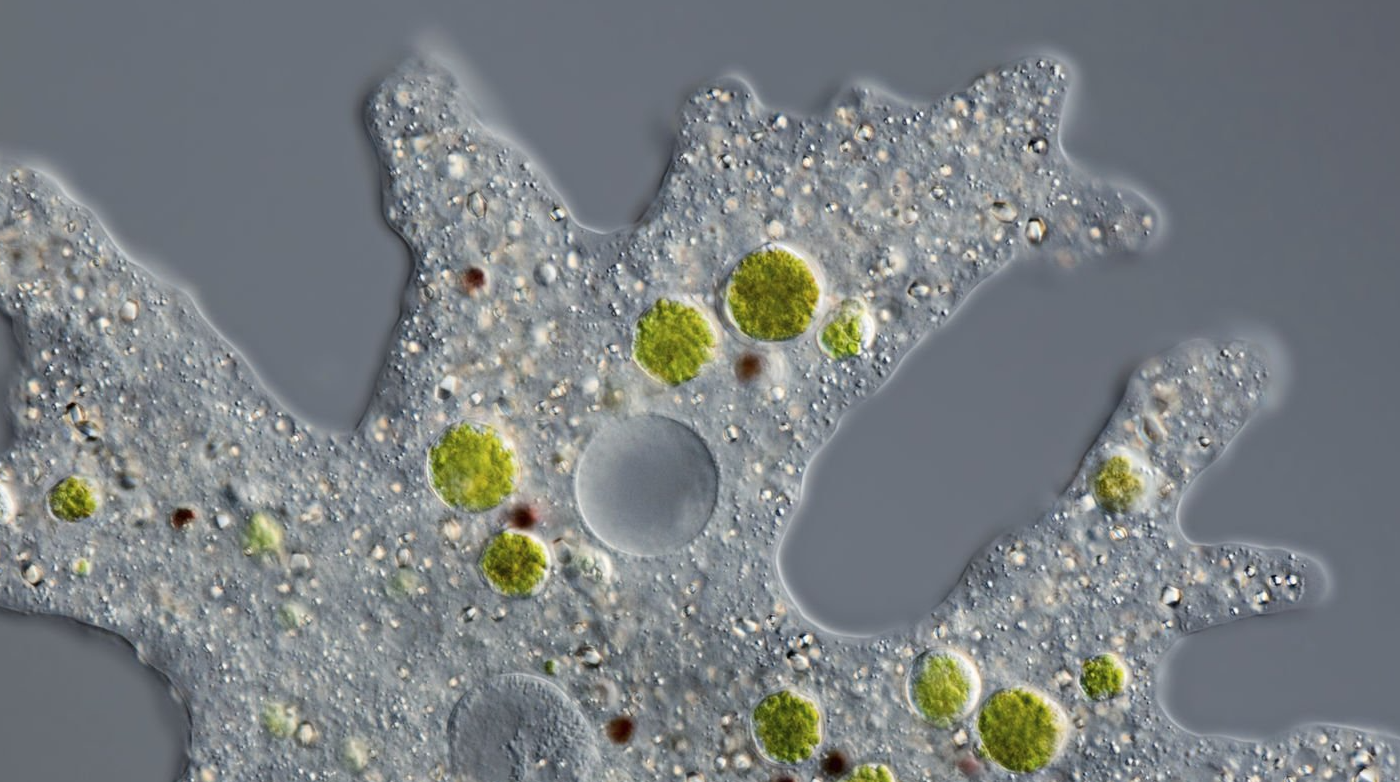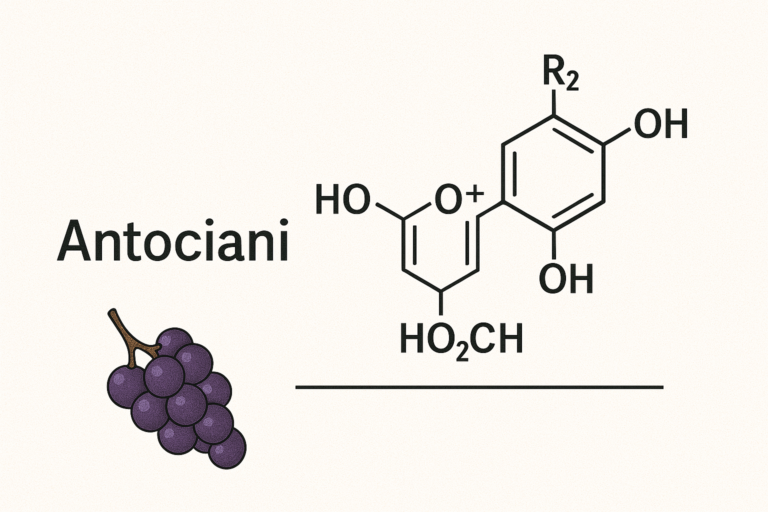Introduction
Amebas, also spelled amoebas, are a group of single-celled organisms belonging to the domain Eukarya, which are characterized by their unique ability to change shape. This is due to the absence of a hard outer shell, allowing the organism to form pseudopods (false feet) for movement and to capture food (Vørs, 1992). This article delves into the fascinating world of Amebas, exploring their structure, reproduction, ecological role, and their place in the evolutionary tree of life.
Section 1: Morphology and Structure
Amebas are microscopic and can range in size from 10 to 20 micrometers. However, some species can grow up to a millimeter in size, making them visible to the naked eye (Page, 1988). They are often described as shapeless due to their ability to alter their shape constantly. The flexibility of their shape is due to their lack of a rigid cell wall, which is a common feature in many other protists like algae and fungi. Amebas have a cell membrane, a thin layer of lipids and proteins that surrounds the cell, separating it from the external environment. Inside the cell, there are numerous organelles, including a nucleus that contains genetic material, mitochondria for energy production, and food vacuoles for digestion (Raikov, 1996).
Section 2: Reproduction and Life Cycle
Amebas reproduce asexually by a process called binary fission, where the cell divides into two identical daughter cells. Before division, the nucleus of the ameba replicates its DNA, ensuring each new cell gets a full copy of the genetic information (Raikov, 1996). Some amebas can form cysts, which are dormant, resistant forms that can survive in unfavorable conditions. When conditions improve, the cysts germinate and the amebas continue their life cycle (Khan Academy, n.d.).
Section 3: Ecological Role
Amebas are found in a variety of habitats worldwide, from freshwater and marine environments to soil and even human bodies. They play a crucial role in the ecosystem as decomposers, breaking down organic matter and returning nutrients to the soil (Bamforth, 1980). Some species are predators of bacteria, algae, and other protists, contributing to the control of their population size in the ecosystem (Vørs, 1992).
Section 4: Amebas and Human Health
Some amebas have a significant impact on human health. For instance, Entamoeba histolytica is a parasitic ameba that causes amebiasis, a disease characterized by diarrhea and abdominal pain (World Health Organization, 2021). On the other hand, Acanthamoeba species can cause severe eye infections, especially in contact lens users (Marciano-Cabral & Cabral, 2003).
Section 5: Evolution of Amebas
Amebas are part of the group called Amoebozoa, which is considered one of the major lineages of eukaryotes, demonstrating their ancient origins (Baldauf, 2003). The evolution of amebas is still a matter of scientific debate, with some studies suggesting that they have maintained a simple structure because of their adaptive capacity to different environments (Kumar & Clarke, 2012).
Conclusion
Amebas are a fascinating group of organisms, crucial for maintaining ecosystem health and providing insights into the evolution of life. While some species can cause health issues, many more are harmless and play a key role in nutrient cycling. By studying these microscopic entities, we can uncover more about the complexity of life in its simplest forms.
References
Baldauf, S. L. (2003). The deep roots of eukaryotes. Science, 300(5626), 1703-1706.
Bamforth, S. S. (1980). Protozoa in soil: A review. Pedobiologia, 20(5), 284-299.
Khan Academy. (n.d.). Protists. Retrieved January 10, 2022, from https://www.khanacademy.org/science/biology
Marciano-Cabral, F., & Cabral, G. (2003). Acanthamoeba spp. as agents of disease in humans. Clinical microbiology reviews, 16(2), 273-307.
Page, F. C. (1988). A new key to freshwater and soil gymnamoebae: with instructions for culture. Freshwater Biological Association.
Raikov, I. B. (1996). The diversity of forms of mitosis in protozoa: A comparative review. European Journal of Protistology, 32(2), 253-269.
Vørs, N. (1992). Heterotrophic amoebae, flagellates and heliozoa from the Tvärminne area, Gulf of Finland, in 1988–1990. Ophelia, 36(1), 1-109.
World Health Organization. (2021). Amoebiasis. Retrieved from https://www.who.int/news-room/fact-sheets/detail/amoebiasis.






